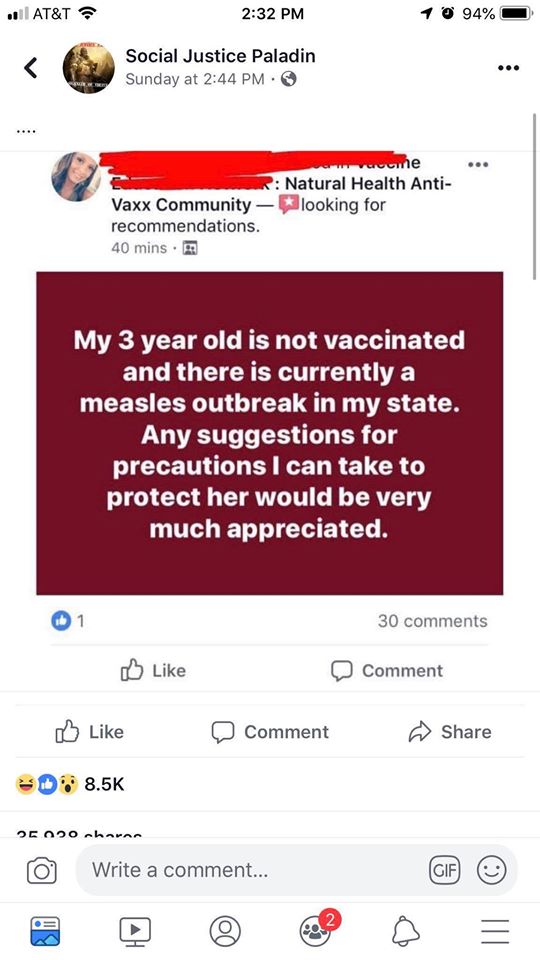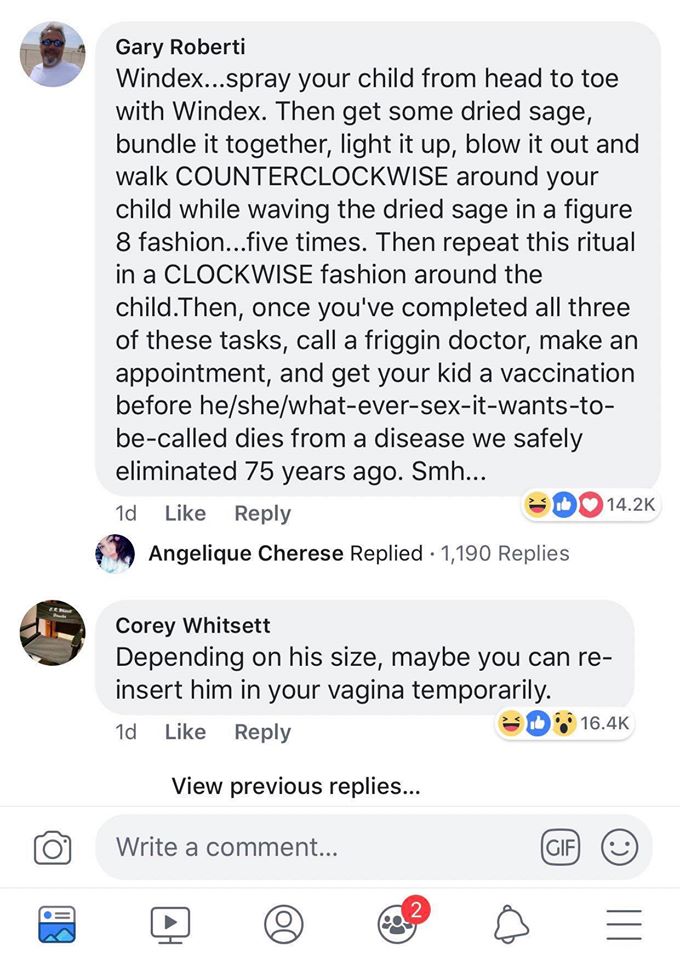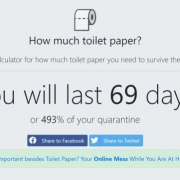We’re all on lockdown at the moment here in the UK. Following in the footsteps of Italy, Spain and France. Though it may seem like it’s nothing to go out and live life as you normally would. You could be putting a silly amount of people at risk. So website How many people will you kill, helps to shock you into behaving correctly.
The site does some mathematical magic to work out how many people you will kill by going out. Potentially infecting people. Remember you may be infected and not even know it!
You put in your location, how many people will be there and an average age. It will give you a run down of how many people you’ll infect. Furthermore it will tell you of those infected how many people you will kill.
How Many People Will You Kill?
(The below information has been copied/pasted, we need it to be 100% accurate)
The calculator pulls in the latest figures for confirmed cases for each country and region. Due to limited testing, asymptomatic cases and a lag between contracting the virus and test results, the true numbers of infected people are much higher. This is evident when looking at the number of diagnosed cases vs true cases in the early stages of the spread in Hubei:
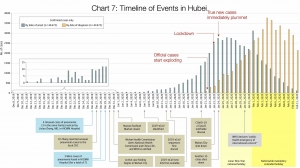
The proportion of undetected cases is estimated by comparing the measured fatality rate with the fatality rate in countries with the best testing, for instance South Korea. Higher fatality rates in a country are assumed to imply limited testing and hence more hidden cases.
The data from South Korea also depicts considerable variation in the number of confirmed cases across different age groups. Party-goers in their 20s are more likely to contract the virus than typically less sociable older people. This distribution is hidden in countries such as Italy, where only those with the most severe symptoms are tested:
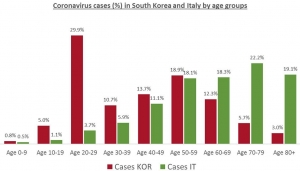
Combining the recent infections data with the hidden case and age factors gives a probability that each of your attendees is infected.
Number of immediate infections
COVID-19 has proven to be very infectious, so it’s assumed that for small gatherings if anyone in your group has the virus, they’ll infect everyone else.
Crucially this means the expected number of direct infections scales as the square of the number of attendees. If you’re really set on holding an event, best not allow +1s as that’ll make the impact 4 times worse.
Long-term impact of these infections
Exponential growth means a small number of infections can quickly explode to a vast number, as has been seen around the world. For the countries still battling with the epidemic, we assume the worst (but very possible) scenario, that they fail to control the spread, and eventually 60% of the population become infected. For the countries who have demonstrated they can contain the disease. The number of possible final infections has been capped to a much smaller proportion of their population.
Your event is responsible for the infections it causes instantly as a fraction of all the infections at that time. Multiplied by the final number of infections. The expected deaths are estimated to be 1% of this figure.
There’s an argument that, in this worst-case scenario, the deaths would have happened anyway, with or without your event, you just make them happen sooner. In which case you’d need to calculate the extra pressure on the health care system, due to the larger and more sudden peak in infections. This approach would also work for considering the non-worst-case scenarios, where the disease is eradicated before it infects most of the population. This refinement can be added when the effectiveness of the European lockdowns becomes apparent.
(How Many People Will You Kill)
Check out How Many People Will you Kill by clicking here!
Keep up to date with everything How To Kill An Hour by signing up to our newsletter by clicking here!
Let us know what you think of the show by clicking here!
Click here to subscribe to our YouTube Channel to see more amazing ways to kill time!
Follow us on Twitch by clicking here!


